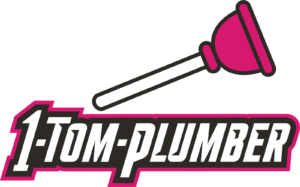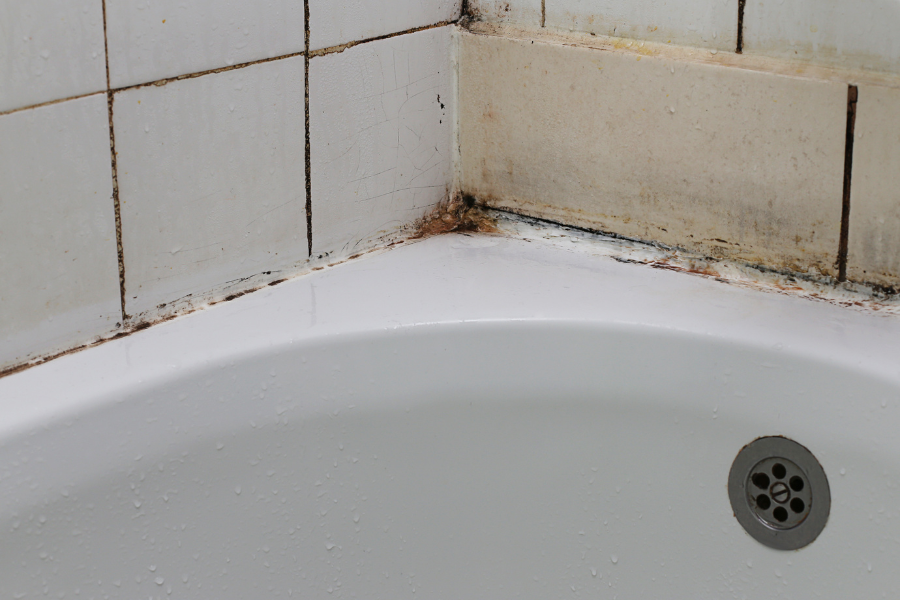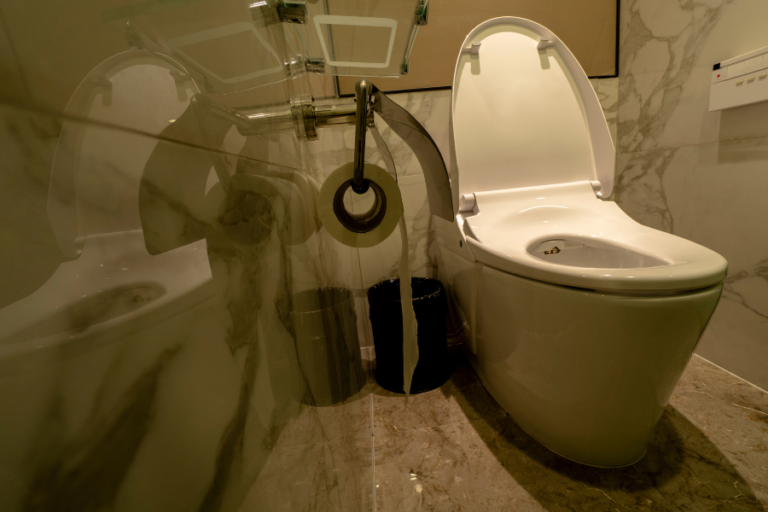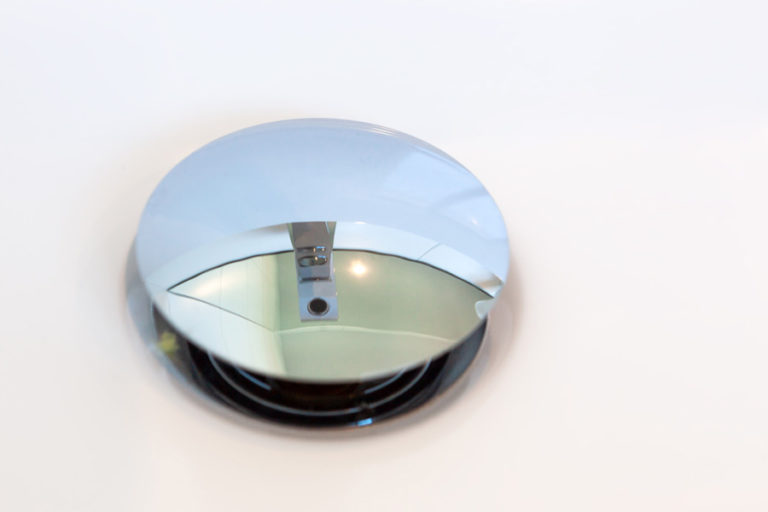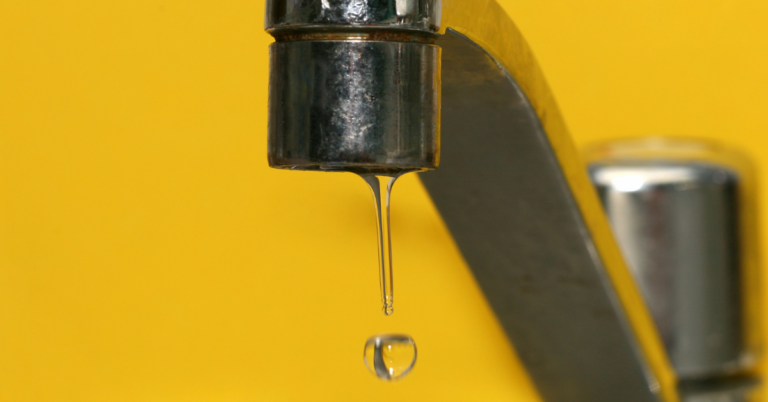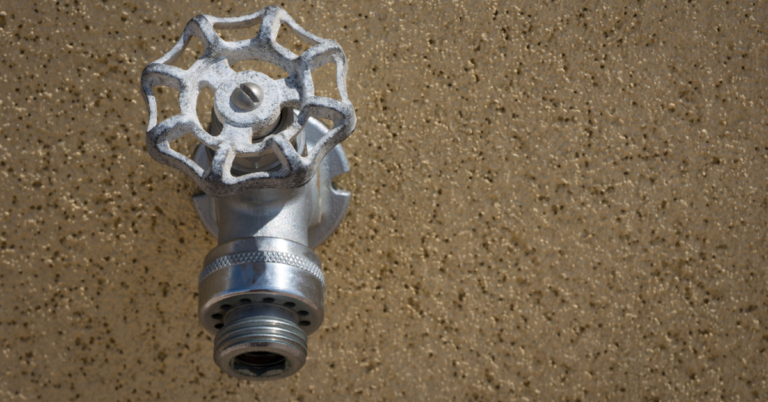How to Remove/Prevent Mold in Your Bathroom
Mold in your bathroom can be a major issue that should be taken care of immediately. The main reason why the presence of mold should be taken so seriously is because it can cause health problems including coughing, skin and eye irritation, and serious lung infections.
If you discover mold in areas that have moisture, warmth, and darkness like your bathroom commonly would – there are things you can do to ensure that you are keeping bathroom and bathtub mold under control.
What is Mold?
Mold is a fungus. Mold spores are very small and light, and believe it or not, can actually float in the air. Ah, now it makes sense as to why you can become sick from mold! They can easily be inhaled. All molds, including black mold that you typically find in bathrooms and some other areas in your house, can feed on organic building materials found in your house if they have been exposed to the right conditions.
Be aware of spaces like your attic, basement, and crawl spaces as these are primes areas for mold to become prominent, especially if you have a roof leak or leaking water and drain pipes. In bathrooms though, mold has the right conditions to grow. There is moisture and warmth from the warm water with minimal lighting.
So you’re probably wondering how it can be removed or prevented. Let’s take a look:
How Do I Get Rid of Mold in my Bathroom?
One of the main areas where mold loves to grow in your shower is in the grout because it is porous and holds moisture longer than the tile does. This can also be the case around the shower drain as well.
First and foremost, always assess the damage. If the mold is covering less than 10 square feet, you should be able to handle it on your own, but if it is any larger than that then it would be best to call a professional to handle the situation.
If you are able to handle the mold on your own, here are some supplies that will help you get rid of the mold:
- Bleach, white vinegar, and other commercial cleaners (products that claim to kill mold)
- Baking soda
- Nylon brush, toothbrush, or sponge with a scrub pad on one side
- Spray bottle, large bowl, or plastic bucket if you are mixing your own solution
- Dry towel or paper towels
- Caulk (if needed)
Make sure that if you are using bleach or any type of cleaner you should open a window or run a ventilation fan. Protect yourself from these products with a mask and gloves. You should never be mixing bleach with other cleaners.
In order to efficiently clean an area where mold is present, you should use a mixture of ammonia and water to spray on the area and then scrub with a sponge or nylon brush. Then rinse the area with warm water or repeat the process and scrub again if needed.
How Do I Prevent Mold in my Bathroom in the Future?
There are a few tactics you can try to help prevent mold in your bathroom. If you have a window in your bathroom, leave that open after showering. The bathroom fan should be running during your bath or shower as well as 30 minutes after so the moisture has time to fully disperse. Other things that help are air conditioning and a dehumidifier. The humidity in your home should not be over 50%, otherwise mold is more prone to grow.
One of the main points is that moisture is one of the top requirements for mold to start growing and continuously expand. Making sure that you are wiping down surfaces in your bathroom after you use them will also decrease the chances of mold growth.
How Does Light Affect Mold Growth?
Light is unnecessary for mold to grow because it is not photosynthetic and doesn’t use light to generate energy. Sunlight contains ultraviolet (UV) radiation which damages organisms’ cellular functions. If you’ve ever wondered what the most common way is to help clean the air in hospitals or decontaminate food and water sources – UV light treatment is the answer!
Another way of preventing mold in your home is to make sure you are letting plenty of natural light inside. Sunlight also helps dry up areas, so it could also be beneficial to help rid the area of moisture as well.
What Temperature Does Mold Grow?
Mold tends to grow faster in warm places. Although, it is possible that mold can grow in cold places as well. With that being said, you can’t prevent mold growth forever. A good example of that is refrigerating and freezing food so it will last longer. Eventually there will come a point where it will start to mold because it sat in your fridge for too long.
In What Humidity Does Mold Grow?
Mold is known to like a relative humidity of 70%. Although mold likes high-humidity environments, the humidity conditions of different places of your home is actually the easiest to control. This can either be ensuring good ventilation whether that be cracking windows, leaving bathroom fans on, or using dehumidifiers.
Final Thoughts
Mold can be problematic in many areas of your home. Nevertheless, it is the most prominent in your bathroom because of the environmental conditions. Take the preventative measures to keep it out of your home. More so, be aware of the steps to take to remove it.
Call 1-Tom-Plumber
Don’t hesitate to contact us here or call us at 1-Tom-Plumber (1-866-758-6237) if you need a water damage restoration service. 1-Tom-Plumber’s certified team of plumbers and drain technicians respond immediately to any emergency plumbing, drain cleaning, or water damage problem.
We also handle the excavation of underground water lines and sewer main lines. Our immediate-response team is available every day and night of the year, even on holidays.
